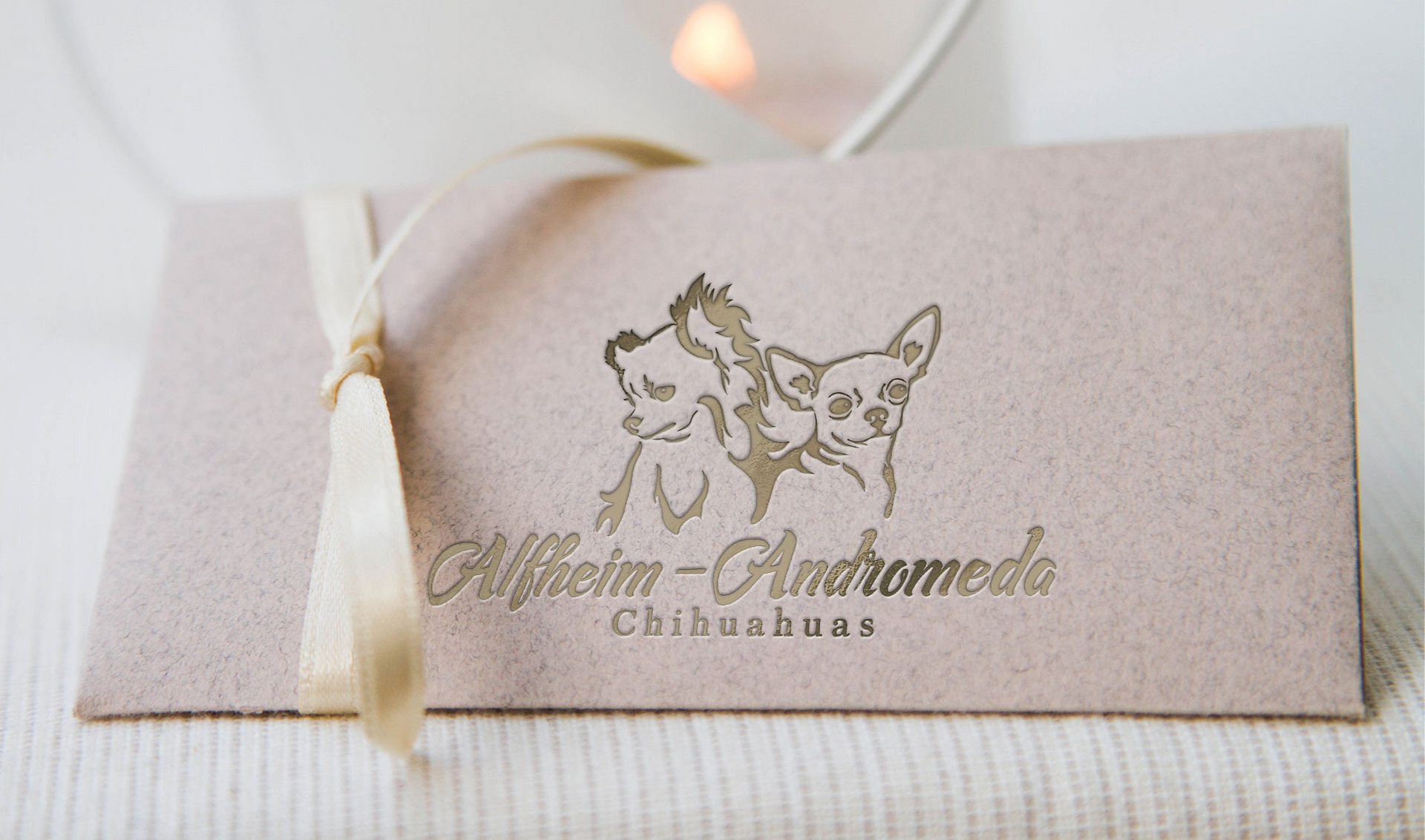Restoring Value to Dog Show Titles: Show Less, Earn More, and Honor the Breed
- Tanya Ansok Stringer

- Aug 22, 2023
- 3 min read
Updated: Nov 29, 2024
Tanya Ansok Stringer

Ch. A & A's Island of Paradise " Reef"
happy and loving boy but only deserves a Championship
In the dog show world, it’s easy to fall into the trap of thinking that more wins or a higher title automatically signal a better dog. However, seasoned breeders and exhibitors know the truth: quantity doesn’t equal quality. Achieving a title may reflect factors like frequency of showing, financial investment, or strategic competition choices—rather than the dog’s inherent excellence.
As breeders, it’s vital to prioritize quality over quantity. A dog should earn the title it truly deserves—sometimes, less is more. A dog that achieves greatness through limited exposure often exemplifies exceptional quality more than one that accrues titles through persistence alone.
Let’s delve into why showing less can mean achieving more and how this philosophy helps protect the integrity of dog show titles and the breed itself.
Why Showing Less Achieves More
1. Efficiency Reflects Excellence
A dog that earns a title in fewer shows demonstrates intrinsic quality, consistency, and competitive strength.
Quality Over Quantity: Winning consistently with limited appearances indicates that judges across various backgrounds recognize the dog’s adherence to the breed standard.
Competing Against the Best: A dog that triumphs in competitive settings shows confidence and superior traits.
For instance, a dog that earns its championship in five shows with major wins and strong competition is a clear standout. Compare that to a dog that takes 30+ shows to achieve the same title—it’s evident which dog truly deserves the accolade.
2. Less Exposure Makes Greater Impact
When a dog is shown sparingly but still wins big, each victory holds more weight. These standout dogs are memorable because their wins highlight genuine merit, not overexposure or persistence.
3. Ethical Breeding and Integrity
Breeders who show their dogs selectively send a strong message about their commitment to quality:
They believe in the dog’s excellence.
They avoid overexposure, protecting the dog’s reputation.
They uphold the value of titles by not chasing them unnecessarily.
Preserving the Integrity of Titles
Dog show titles like "Champion" or "Grand Champion" lose their meaning when treated as mere milestones rather than symbols of excellence. Here’s how breeders can maintain the integrity of these honors.
1. Earn Titles, Don’t Buy Them
Titles should reflect exceptional dogs, not just heavy campaigning. As breeders, ask yourself:
Does this dog truly meet the high standards of the title it’s pursuing?
Are we chasing this title for the dog’s merit—or simply because it’s within reach?
2. Prioritize Quality Over Quantity
Higher titles, like "Grand Champion" or "Gold Grand Champion," should only go to the best of the best. While not every dog needs to achieve the highest titles, maintaining this standard ensures titles retain their significance.
3. Protecting the Breed’s Future
When only the most deserving dogs earn prestigious titles, it protects the breed’s integrity. Titles signal breeding potential; indiscriminate awards risk elevating dogs with faults to influential positions.
Knowing When to Stop
A crucial part of ethical breeding is recognizing when to stop pursuing titles. Just because a higher title is achievable doesn’t mean it’s warranted.
For example:
A dog may excel as a Champion but lack the qualities required for a Grand Championship.
A Grand Champion might not meet the standard for advanced accolades like Bronze or Silver titles.
Stopping at the right point shows respect for the breed, the dog, and the significance of titles.
Exceptional Traits Stand Out Quickly
The path to a title speaks volumes about a dog’s quality:
A dog that earns a Championship in five shows with major wins showcases exceptional traits.
A Grand Champion with a high win rate in competitive venues clearly deserves the title.
In contrast, dogs that require repeated attempts to achieve titles often raise doubts about their actual merit. Exceptional dogs stand out early, leaving little room for question.
Conclusion: Honoring the Breed Through Titles
As stewards of our breeds, breeders are responsible for upholding the integrity of both titles and the dogs who earn them. This means:
Prioritizing quality over quantity.
Showing selectively and only pursuing deserved titles.
Stopping when the dog’s achievements align with its inherent strengths.
Dog show titles should reflect excellence, not persistence, financial investment, or strategic campaigning. By showing less and achieving more, we protect the breed, preserve the value of titles, and ensure only the most deserving dogs influence future generations.
Let’s restore honor to the ring, value to titles, and integrity to our beloved breeds.


![04[5287]_edited.png](https://static.wixstatic.com/media/19bc06_e20664f6f34a40a38ce600e39e177c3c~mv2.png/v1/fill/w_980,h_578,al_c,q_90,usm_0.66_1.00_0.01,enc_avif,quality_auto/19bc06_e20664f6f34a40a38ce600e39e177c3c~mv2.png)






























